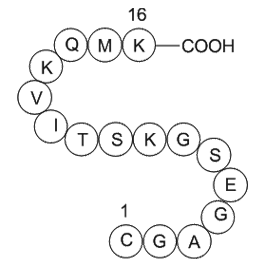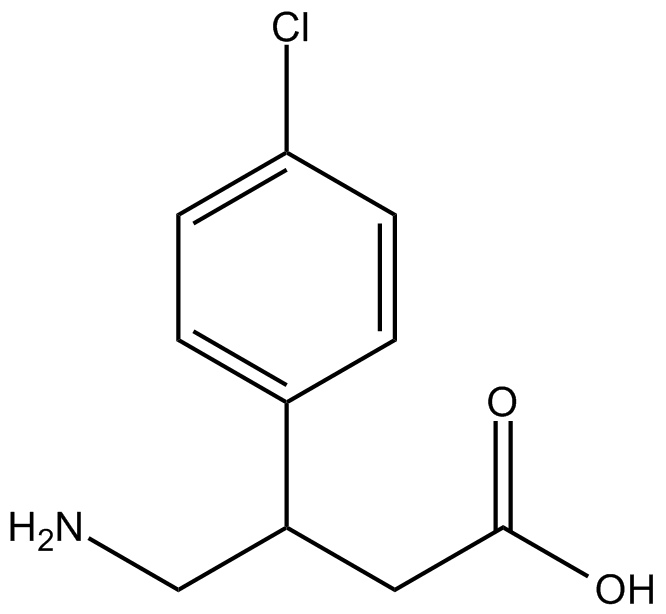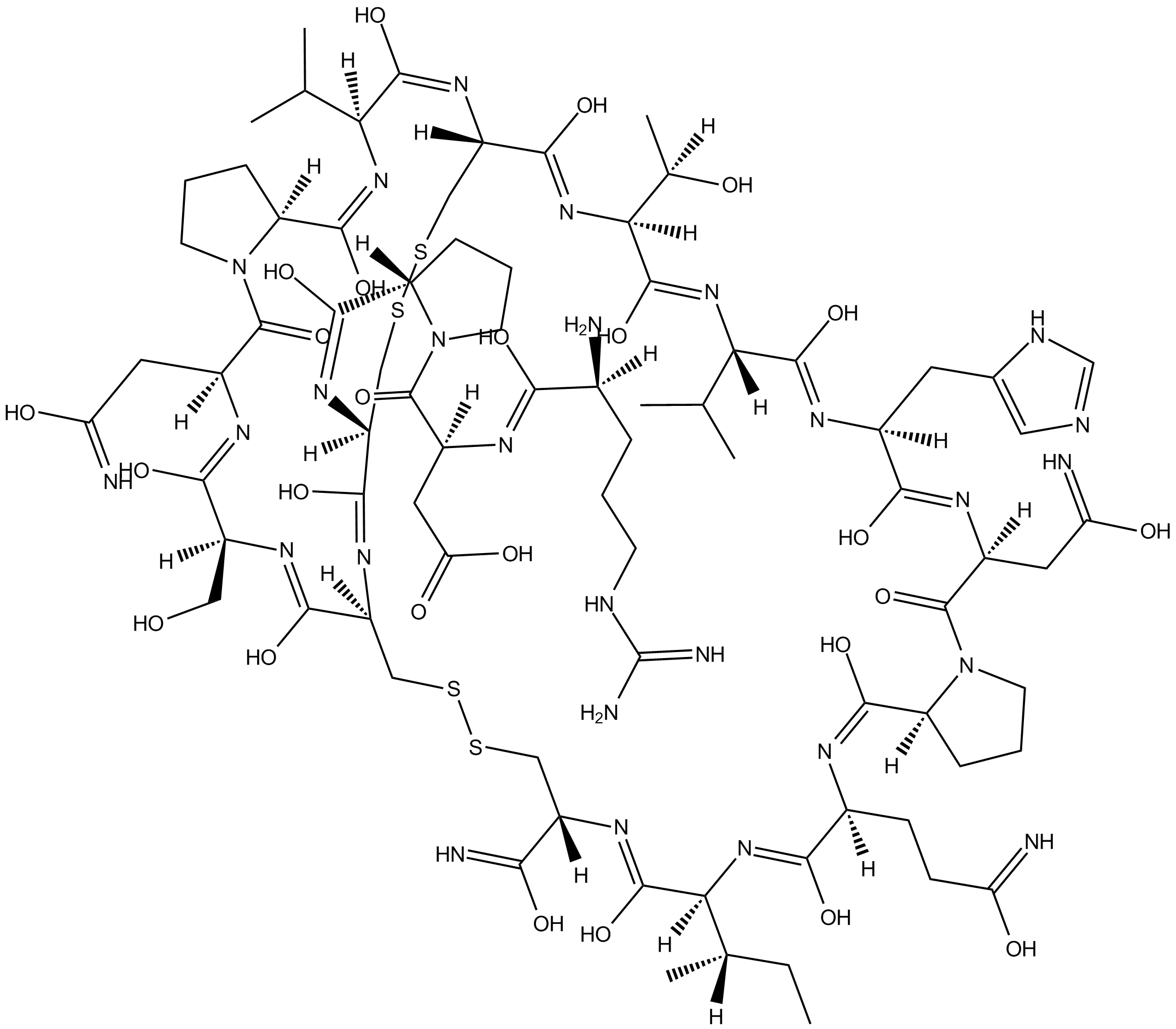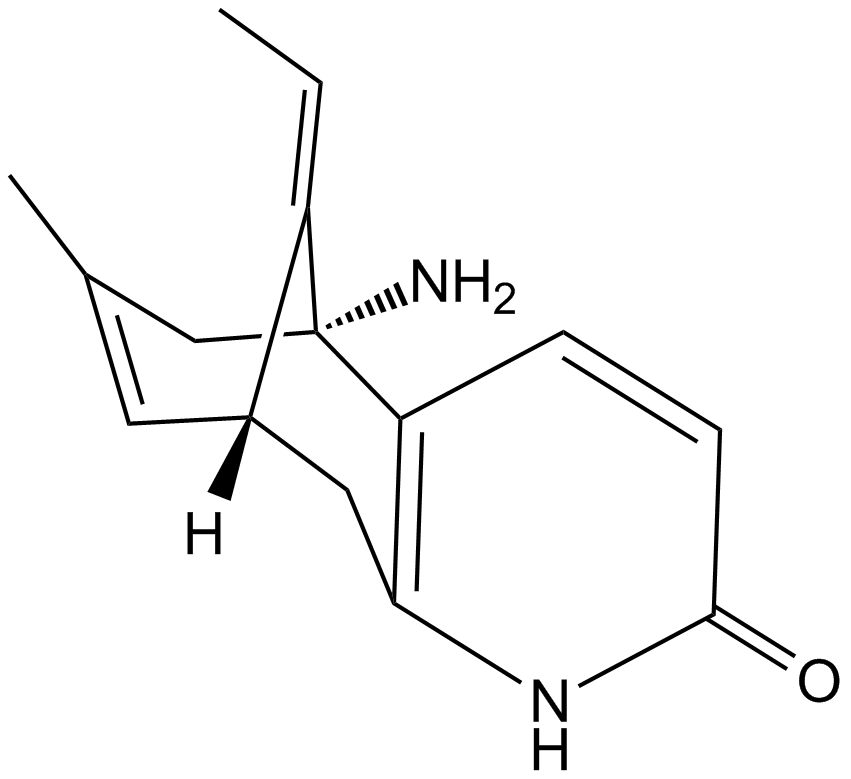Neuroscience

Neurotransmitter receptors function via various G-protein coupled and G-protein independent mechanisms that activate downstream intracellular signaling pathways such as cAMP/PKA, PI3K/AKT, phospholipase A2, and phospholipase C pathways. For instance, dopamine receptors act through adenylate cyclase to activate PKA and other signaling molecules, thereby mediate gene expression through the actions of CREB and other transcription factors. Other neurotransmitters such as NMDAR or AMPAR are associated with ion channels that control flux of Ca2+ and Na+, thus propagating the action potential across the post-synaptic neuron.
Dysfunctions in GABAergic/glutamatergic/serotonergic/dopaminergic pathways result in a broad range of neurological disorders such as chronic pain, neurodegenerative diseases, and insomnia, as well as mental disorders including schizophrenia, bipolar disorder, depression, and addiction.
-
 B5632 PTAC oxalateSummary: muscarinic receptor ligand
B5632 PTAC oxalateSummary: muscarinic receptor ligand -
 A1022 GTP-Binding Protein Fragment, G alphaSummary: Hydrolyzes GTP to GDP
A1022 GTP-Binding Protein Fragment, G alphaSummary: Hydrolyzes GTP to GDP -
 C4051 (±)-BaclofenSummary: GABAB agonist
C4051 (±)-BaclofenSummary: GABAB agonist -
 B1546 Buclizine HClSummary: Histamine receptor inhibitor
B1546 Buclizine HClSummary: Histamine receptor inhibitor -
 B1480 Chlorpromazine HCl8 CitationSummary: dopamine receptor antagonist
B1480 Chlorpromazine HCl8 CitationSummary: dopamine receptor antagonist -
 B7263 AcephateSummary: Anticholinesterase insecticide
B7263 AcephateSummary: Anticholinesterase insecticide -
 B5309 Bay 36-7620Summary: Selective mGlu1 receptor non-competitive antagonist
B5309 Bay 36-7620Summary: Selective mGlu1 receptor non-competitive antagonist -
 B5377 α-Conotoxin PIASummary: Selective antagonist of α6-containing nicotinic receptors
B5377 α-Conotoxin PIASummary: Selective antagonist of α6-containing nicotinic receptors -
 B5526 LPYFD-NH2Summary: neuroprotective peptide that binds to amyloid beta (Aβ)
B5526 LPYFD-NH2Summary: neuroprotective peptide that binds to amyloid beta (Aβ) -
 A1932 (-)-Huperzine ATarget: NMDA Receptors|AChESummary: NMDA receptor antagonist/AChE inhibitor
A1932 (-)-Huperzine ATarget: NMDA Receptors|AChESummary: NMDA receptor antagonist/AChE inhibitor

